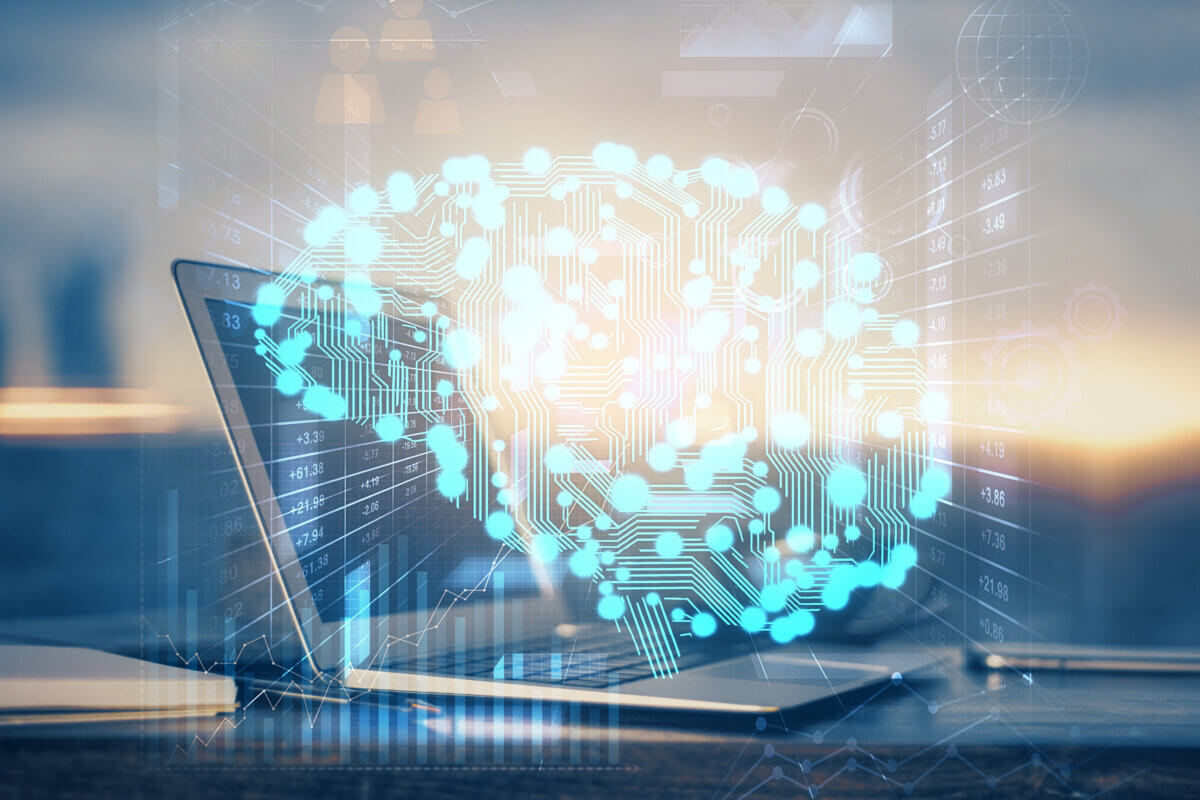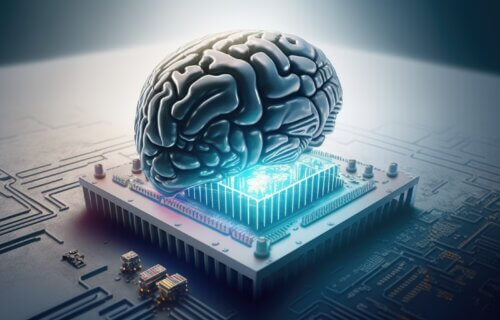MELBOURNE, Australia — Brain cells merging with computer chips could be the next evolution of artificial intelligence (AI). Scientists in Australia have been awarded funding to grow human brain cells and combine them with silicon chips.
A team led by researchers from Melbourne’s Monash University are receiving more than $405,000 as part of Australia’s National Intelligence and Security Discovery Research Grants Program. The new project, led by Associate Professor Adeel Razi, from the Turner Institute for Brain and Mental Health, in collaboration with Melbourne start-up Cortical Labs, will see scientists grow around 800,000 brain cells in a lab. They will then “teach” these cells to perform goal-directed tasks.
The project’s goal is to create what the team calls the DishBrain system, “to understand the various biological mechanisms that underlie lifelong continual learning.”
Last year, the brain cells made headlines around the globe after displaying their ability to perform simple tasks in a video game, like the tennis-style game, Pong. The team hopes these continual learning capabilities will transform machine learning — a branch of AI. The technology is becoming increasingly relevant in society, playing a role in everything from self-driving cars to intelligent wearable devices.
According to Associate Professor Razi, the research program’s work using lab-grown brain cells embedded onto silicon chips, “merges the fields of artificial intelligence and synthetic biology to create programmable biological computing platforms.”
“This new technology capability in future may eventually surpass the performance of existing, purely silicon-based hardware,” Razi says in a university release.
“The outcomes of such research would have significant implications across multiple fields such as, but not limited to, planning, robotics, advanced automation, brain-machine interfaces, and drug discovery, giving Australia a significant strategic advantage.”

Razi notes that this project garnered funding from the prestigious Australian grant body because the next generation of machine learning applications, including self-driving cars and autonomous drones, “will require a new type of machine intelligence that is able to learn throughout its lifetime.”
This “continual lifelong learning” means AI-powered robots will be able to acquire new skills without compromising their old ones. They’ll also adapt to changes and apply previously learned knowledge to new tasks — essentially becoming an independent, thinking machine.
Current AI cannot do this and suffers from “catastrophic forgetting,” the researchers say. In contrast, brains excel at continual lifelong learning.
“We will be using this grant to develop better AI machines that replicate the learning capacity of these biological neural networks. This will help us scale up the hardware and methods capacity to the point where they become a viable replacement for in silico computing,” Associate Professor Razi concludes.
South West News Service writer Dean Murray contributed to this report.
You might also be interested in:
- Researchers Use Computer Chip In Patient’s Brain To Restore Sense Of Touch After Spinal Cord Injury
- Robots with a brain on horizon? Scientists create groundbreaking artificial neurons
- Should governments stop AI? 70% want stricter laws clamping down on artificial intelligence


I cannot be the only one who knows this is already being done. Human trafikking crime ring(s) are inserting microchip-technology into unsuspecting humans, or “Specimins” as they call them, in order to commit a most haenous crime: Using humans implanted with these micro-chips/bots, to be intered into a Dark/Deep Web, high-stakes kill-games. Yes, this is happening now.